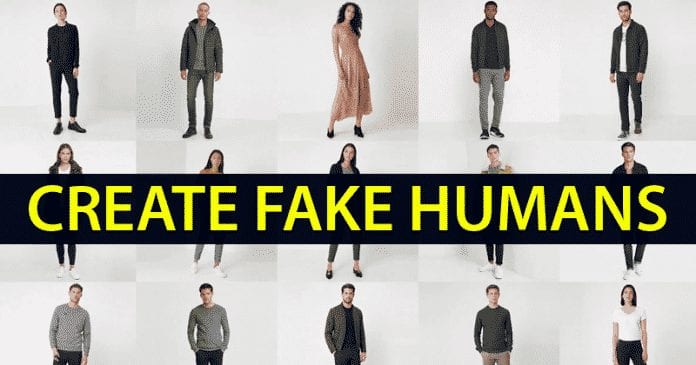Today all that has been a mere appetizer of what was to come. Now the faces are not enough, as the AI can now generate, from scratch, photorealistic images of people with the whole body, of course, the people who do not exist but who have their faces, hairstyles, and clothing, in simple words, Fake Humans.
Create Fake Humans That Never Existed In The Real World
Only a few months ago, the generation of false photorealistic faces through Generative adversarial networks (GANs) was one of the examples of the use of artificial intelligence (AI) that received more attention from the general public. Then came the false rooms, false Gates, the false ‘manga’ characters, and much more. Today all that has been a mere appetizer of what was to come. Now the faces are not enough, as the AI can now generate, from scratch, photorealistic images of people with the whole body, of course, the people who do not exist but who have their faces, hairstyles, and clothing, in simple words, Fake Humans. Also Read: 15 Best Android Email Apps To Keep Your Inbox Organized Hence, to show this, here we have a video in which we can see how the characters generated by the GAN are transformed at the time they move:-
Like so many other AI advances, this has both positive and negative sides. It is one more step towards the erosion of the credibility of multimedia material, increasingly less reliable as a source of information thanks to progressively more realistic deepfakes. Moreover, apart from all these things, it offers a fast and cheap system (above all) to produce clothing catalogs. The algorithm that made this possible was developed by DataGrid, a technology startup based on the campus of Kyoto University in Japan. Its engineers decided to overcome the problems suffered by the generation GANs face, avoiding including unnecessary information that could confuse the AI. For this, they placed the models posed in the photos used to train the system on a homogeneous white background. Hence, now we can say goodbye to asymmetric elements or strange color spots that could highlight the nature of the generated images. Also Read: How To Create GIFs From YouTube Videos In DataGrid, they had already managed to develop their face generation algorithm. Still, they are looking for ways to give its digital models a greater ‘expressiveness’, for which they bet not only to generate entire bodies but also to give them a sense of movement as well. DWhat o you think about this? Share all your views and thoughts in the comment section below. And if you liked this post, do not forget to share this post with your friends and family.
Δ


